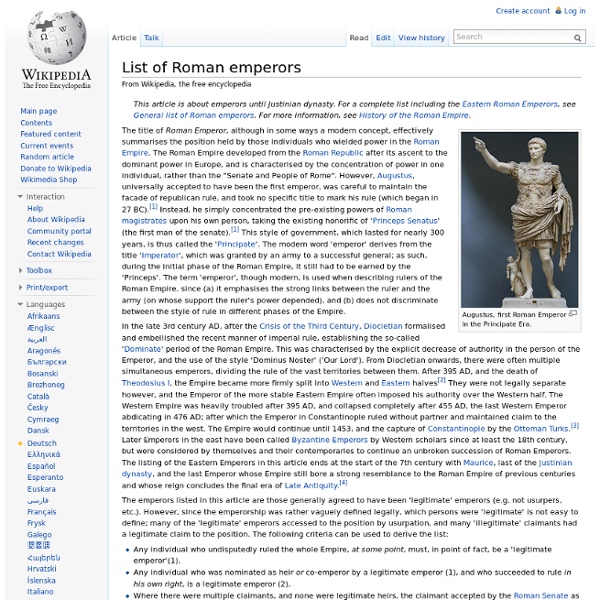Vikings in Scotland
Cattle die, kinsmen die The self must also die; but glory never dies, for the man who is able to achieve it. The moral code of the early Vikings is summed up in the sagas with examples of “praiseworthiness”, which are listed in Appendix 1. It can be seen from these that, although some of their code may appear a little brutal to the modern mind, particularly to those whose adherence to political correctness is of the zealot variety, the ideals and mindset of the Vikings was well-suited to their relatively harsh environment and the flourishing of their local communities. Living by this code would not be too difficult for most people of the time, as its inherent righteousness is too easily apparent. A society with a strong oral tradition, they exhibited a love of word-play and riddling, something that has been evident in many early cultures – c.f. One final thing really has to be mentioned when talking about the overall Viking culture.
Scottish History, Tartan, Clans, Music, Food
Earth - World Treasures: Beginnings | Exhibitions
The Tao is called the Great Mother; Empty yet inexhaustible, it gives birth to infinite worlds. Lao-tzu, Tao Te Ching. Views of the Earth Jaina World View Jainism, an Indian religion distinct from Hinduism and Buddhism, was founded by Vardhamana Mahavira, called "the Jina" (conqueror), who lived in the sixth century B.C. Manusyaloka (The Human World). Bookmark this item: Sacred Cows This poster represents the figure of the cow as containing all the Hindu gods and quotes Sanskrit texts: O noble folk, protect the cow, who protects your stomach, for . . . Vidynandasvm, Director, Ngapuragorakshanasabh [Nagpur Cow Protection League]. Bookmark this item: The world was made, not in time, but simultaneously with time. St. Medieval Islamic Map of the World At the center of the map are the two holiest cities of Islam: Mecca and Medina. 'Umar bin Muzaffar Ibn al-Wardi. Islamic World Map Wheel of Life
History, Travel, Arts, Science, People, Places
As we look forward to celebrating the bicentennial of the “Star-Spangled Banner” by Francis Scott Key, I have to admit, with deep shame and embarrassment, that until I left England and went to college in the U.S., I assumed the words referred to the War of Independence. In my defense, I suspect I’m not the only one to make this mistake. For people like me, who have got their flags and wars mixed up, I think it should be pointed out that there may have been only one War of 1812, but there are four distinct versions of it—the American, the British, the Canadian and the Native American. In the immediate aftermath of the war, American commentators painted the battles of 1812-15 as part of a glorious “second war for independence.” Not surprisingly, the Canadian history of the war began with a completely different set of heroes and villains. The truth is, the British were never happy. Canning’s “whom” most definitely included the Americans.
Roanoke Colony
Failed Colony in North America (1585–1590) The establishment of the Roanoke Colony ( ROH-ə-nohk) was an attempt by Sir Walter Raleigh to found the first permanent English settlement in North America. The colony was first founded in 1585, but after only five years, when a ship visited the colony in 1590, the colonists had disappeared without explanation. The colony has since been known as the Lost Colony, and the fate of the 112 to 121 colonists remains unknown to this day. Roanoke Colony was founded by governor Ralph Lane in 1585 on Roanoke Island in what is now Dare County, North Carolina, United States. The fate of the approximately 112–121 colonists remains unknown. Interest in the matter fell into decline until 1834, when George Bancroft published his account of the events in A History of the United States. Background[edit] A 1529 map depicting "Verazzano's Sea" extending from the North Atlantic to the Outer Banks The English, led by Sir Humphrey Gilbert, had briefly claimed St.
Stenka Razin
Cossack leader Stepan Timofeyevich Razin (Russian: Степа́н Тимофе́евич Ра́зин, Russian pronunciation: [sʲtʲɪˈpan (ˈsʲtʲenʲkə) tʲɪmɐˈfʲeɪvʲɪtɕ ˈrazʲɪn]; 1630 – June 16 [O.S. June 6] 1671), known as Stenka Razin (Стенька), was a Cossack leader who led a major uprising against the nobility and tsarist bureaucracy in southern Russia in 1670–1671. Early life[edit] Razin's father, Timofey Razya, supposedly came from a suburb of Voronezh, a city near Russia's steppe frontier, called the Wild Fields. Protracted wars with Poland in 1654–1667 and the Russo-Swedish War (1656–1658) put a heavy burden upon the people of Russia. Razin's first notable exploit was to destroy the great naval convoy consisting of the treasury barges and the barges of the Patriarch and the wealthy merchants of Moscow. Background[edit] Stepan Razin in a contemporary English engraving The Time of Troubles, which lasted from 1598 to 1613, was a difficult period for Russia. Departure from the Don[edit] Persian expedition[edit]
Göbekli Tepe
Neolithic archaeological site in Turkey First noted in a survey in 1963, the importance of the site was recognised by Schmidt, who directed excavations there from 1995 until his death in 2014. Since then, work has continued under the auspices of Istanbul University, Şanlıurfa Museum, and the German Archaeological Institute, under the overall direction of Turkish prehistorian Necmi Karul. Background Göbekli Tepe was built and occupied during the Pre-Pottery Neolithic (PPN)—the earliest division of the Neolithic period in Southwest Asia—which is dated to between 9600 and 7000 BCE. Evidence indicates that the inhabitants were hunter-gatherers who supplemented their diet with early forms of domesticated cereal and lived in villages for at least part of the year. Known PPN sites in the Urfa region. PPN villages consisted of clusters of stone or mud brick houses, and sometimes substantial monumental or 'communal' buildings. Geography and environment The landscape around Göbekli Tepe today. fill



